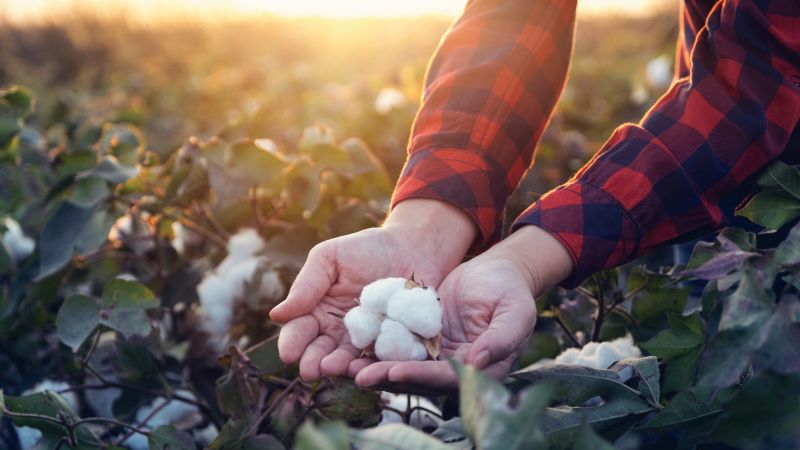Cotton Demand
As the global economy begins its swing in a positive direction and U.S. cotton plantings are projected to increase in 2010, Cotton Council International (CCI) is squarely positioned to build consumer demand for cotton products in the global market. Without a consumer preferring and buying cotton products, manufacturers and brands lose interest and alternative products are placed on retail shelves.
Forecasters predict a sharp recovery in global cotton demand in 2010, driven by developing country markets. Just holding cotton’s share stable at the level experienced prior to the financial crisis in 2008 could mean additional demand for 40 million bales annually. That’s more cotton than Brazil, Australia, West Africa, Central Asia and the United States produced in 2009 combined!
Is holding cotton’s market share a practical goal? It would not be easy, but there is reason to think that cotton can do better at retaining share than some forecasts indicate. One apparent phenomenon potentially helping cotton retain share is the “natural cycle” of demand for fibers as economies develop.
When societies are agrarian or subsistence, natural fibers, including cotton, tend to dominate. Products are manufactured locally using locally available fibers. Hence, consumers in India and China, for example, were overwhelmingly natural fiber consumers prior to the onset of modernization.
With industrialization and modernization, there comes a definite shift to what are perceived to be “modern” fibers (e.g., polyester, nylon, etc.) During the modernization phase, per capita figures for consumption of synthetic fibers tend to increase rapidly while natural fiber consumption stagnates.
However, as urbanization, modernization, and income growth continue, consumers tend to reexamine their fiber preferences and are open to a return to natural fibers. Cotton, as the predominant natural fiber, tends to benefit most from this shift.
For example, Mexico and Korea appear to have turned the corner where consumers have returned to natural fiber (principally cotton), whereas China, after intense pressure from a state-supported investment in a buildup of the synthetic fiber industry, is only recently at the nadir for natural fibers and primed for an upturn in demand and market share. In the U.S., that turning point and the strength of the upturn in cotton demand were influenced by effective consumer promotions undertaken by the U.S. cotton industry.
In developing economies, cotton demand enhancement should focus its initial promotion efforts on the relatively affluent. It is those consumers who will have the disposable income to purchase more textile products and set the fashion trends that will be emulated by the remaining population as their incomes grow.
We should be encouraged by announcements that China and India plan to initiate consumer demand enhancement programs.
Increasing per capita cotton consumption in China and India alone has the potential to provide more than half of the growth needed to stabilize cotton’s share of total fiber demand during the next 10 years.
Cotton is the most broadly produced, processed and marketed of any natural fiber in terms of employment, revenue, and product categories. Lack of demand for products made of cotton and other natural fibers can cause severe economic and social hardship throughout the supply chain in rural and urban settings and in both developed and developing countries. COTTON USA devotes its energies to ensuring that more focus and resources in the future will be devoted to influencing the consumer to purchase cotton products nationally and internationally to the benefit of the entire cotton supply chain.









